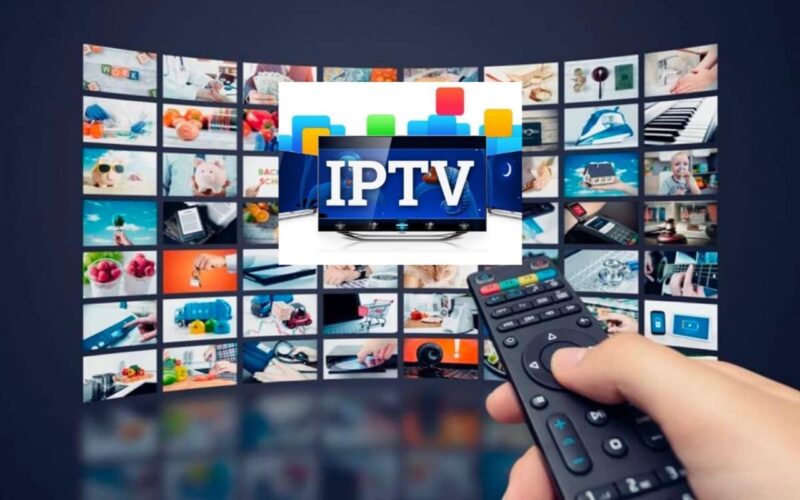IPTV is incredible for accessing all your favorite shows and channels in one place. But let’s be honest—buffering issues can make you want to throw the remote across the room. I’ve been there, and I’ve felt that frustration.
Over time, I’ve learned a few tricks to keep the stream running smoothly as butter, and I’m here to share them with you.
What Causes Buffering, Anyway?
Before we fix the problem, let’s figure out where it’s coming from. The most common culprits are:
- Slow internet speeds – Your connection may not be keeping up with the stream.
- Device performance – Older devices struggle to keep pace with high-quality streams.
- Overloaded servers – If everyone’s tuning in at once, things can slow down.
Network latency and server overloads are common causes of buffering; choosing a dependable provider like IPTV Nordic can help mitigate these issues.
Now that we’ve got that sorted, let’s jump into some solutions.
1. Check Your Internet Speed
Your streaming device needs a reliable internet connection to work smoothly. A minimum of 10 Mbps is usually enough for standard-definition content, but HD or 4K demands at least 25 Mbps.
Here’s what you can do:
- Run an online speed test to see how fast your connection really is.
- If your speed isn’t cutting it, restart your router or reach out to your internet provider.
Pro tip: Connect your device via Ethernet instead of Wi-Fi for a more stable connection.

2. Restart Your Router
Speaking of routers, they’re like the brain of your internet setup. And just like our brains, they need a reset every now and then. A quick restart can work wonders, especially if it’s been running non-stop for weeks.
Steps to reboot:
- Unplug the router.
- Wait for about 30 seconds.
- Plug it back in and let it power up fully.
Trust me, it’s the kind of low-effort trick that can save hours of streaming frustration.
3. Optimize Your Device
Streaming on an older or overloaded device can slow everything down. Clear out unused apps, free up storage, and keep your software updated. A little housekeeping can go a long way.
Consider upgrading your device if it’s outdated. Modern streaming sticks and boxes are built to handle higher-quality content seamlessly.
4. Adjust Your Streaming Settings
High-definition content is fantastic, but it’s also demanding on your bandwidth. Lowering the resolution can help if your internet connection is struggling.
Most IPTV apps let you tweak settings like:
- Video quality (e.g., switch from 4K to HD).
- Streaming buffer time (choose a longer buffer for smoother playback).
Experiment with these settings until you hit the sweet spot.

5. Choose the Right IPTV Provider
Not all IPTV services are created equal. If buffering is a constant headache, your provider might not have the best servers or infrastructure. Do some research and consider switching to a more reliable option.
Look for providers that offer:
- A robust server network.
- Positive reviews about their streaming quality.
- Customer support that actually responds.
6. Use a VPN
Sometimes, internet service providers throttle streaming traffic, especially during peak hours. A VPN can help you bypass that limitation and keep your connection steady.
When choosing a VPN, go for one with high-speed servers to ensure there’s no additional lag.
Say Goodbye to Buffering
Nobody likes a screen frozen mid-scene or a spinning wheel in the middle of a big game. By following these tips, you’ll be well on your way to smoother IPTV streaming. Trust me, it’s worth taking a little time to get everything set up correctly—you’ll thank yourself the next time you kick back to watch your favorite show without interruptions.


